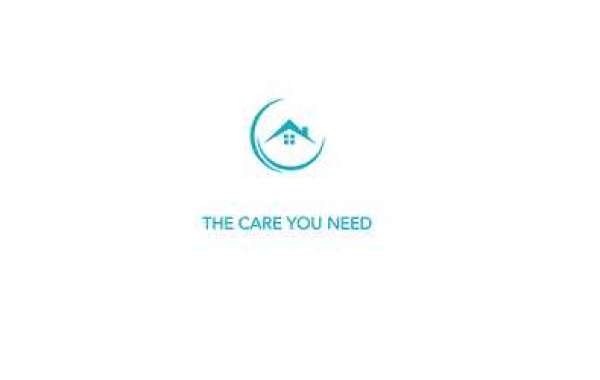The goal of these services is to enable people to remain in their homes for longer, avoiding hospitalization or premature admission to nursing homes.
Workers who perform care at home may be employed by a home health agency or as independent contractors. In either case, they have little control over their work environment and may be exposed to numerous hazards such as bloodborne pathogens, latex sensitivity, ergonomic risks from patient lifting, unhygienic conditions, violence and hostile animals, and more.
Creating a Culture of Safety
Home Care Safety Services workers, agency staff, and family members who deliver care in the home must establish and maintain a culture of safety that promotes safe care, communication among providers, and continuous learning. This approach helps to build trust and ensure that everyone feels comfortable speaking up about concerns or raising issues or ideas that could affect safety.
In addition, agencies that provide home care can help to foster a positive safety culture by ensuring that all employees are provided with a thoughtful orientation and onboarding process. This may include a specific safety orientation for home health aides and other home visiting workers, as well as ongoing safety training.
The Occupational Safety and Health Administration (OSHA) provides resources to help workers in health care settings prevent workplace injuries and illnesses. It also publishes a series of 6 Fast Facts cards that address each hazard in home health care and the steps that can be taken to reduce these risks.
Effective Team-Based Care Care Coordination
As home care agencies and their staffs increase the number of visits they make to their clients' homes, they must be able to effectively coordinate care and communicate about what is needed during each visit. This requires the use of tools such as a schedule that allows for adequate breaks between visits, a clear understanding of each client's needs and limitations, and a system for managing conflicts or disagreements between care givers and clients.
Moreover, agency workers should understand that they are only part of the care team that includes the patient's primary care provider, other clinicians, and informal caregivers such as family and friends. This is especially true when patients are elderly or in a stage of life that requires long-term care.
Organizations can take lessons from hospice and other organizations that promote team-based care and incorporate this approach into the Home Care Point Cook setting, allowing for greater patient comfort and safety. This can help to prevent serious harm and reduce readmissions and the cost of care. It can also encourage care providers to test new approaches that may lead to better outcomes for both the client and caregiver.














